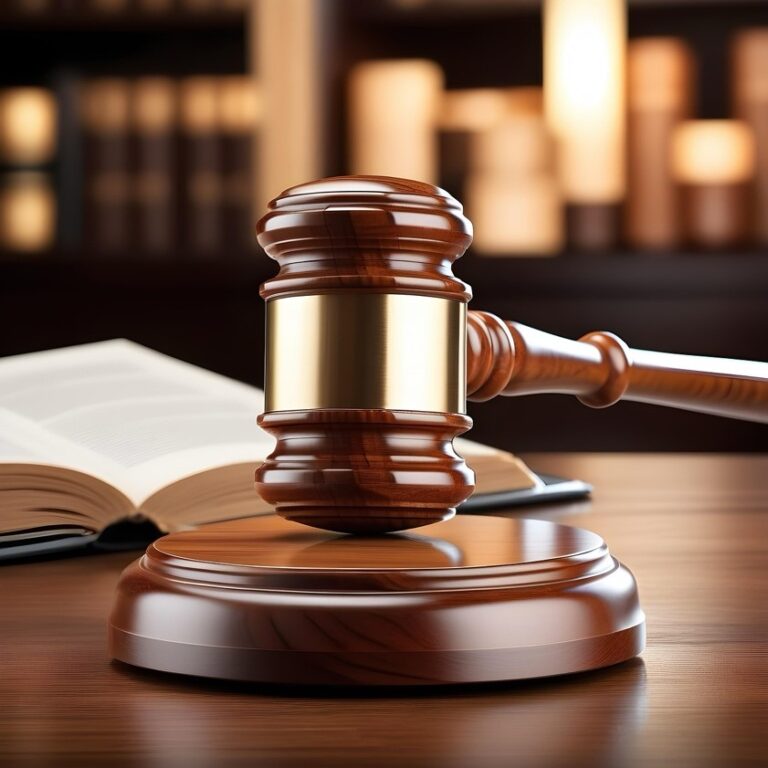Written by Mark Terry
How do you reverse a Patent Examiner’s 35 U.S.C. 103 rejection of your design patent application based on obviousness? That was the issue in the Ex parte Kellerman (BPAI 2009-009310) decision at the Board of Patent Appeals and Interferences (BPAI) where a Patent Examiner was reversed. As a Miami Patent Attorney with a sizable docket of design patent cases, this case taught an important lesson on the anatomy of an obviousness rejection in a design patent case.
The Kellerman case
involved a design patent application for a serving tray that looks like a
ceramic cooking pan. In Kellerman, the Examiner
argued that the shape of Appellant’s orifice in the handle was de
minimis or did little to distinguish Appellant’s claimed
design from the prior art. The BPAI, however, attested to the significance of
the shape of an orifice in a design patent application. The Board reviewed the
Patent Examiner’s obviousness rejection of petitioner’s claimed design in view
of the prior art. The Board found that the almond-shaped opening of petitioner’s
claimed design differed from the oval-shaped opening of the
prior art. The Board in Kellerman held
that the prior art would have to be further modified to at
least include the almond-shaped opening of the petitioner in order to meet the
ornamental design characteristics as disclosed and that such a modification
was not obvious under 35 U.S.C. §103. Thus, the difference in the
shape of the openings, in concert with other differences, was significant
enough for the Board in Kellerman to reverse
the Examiner’s obviousness rejection of the petitioner’s design.
Lessons Learned: This teaches us two things with regard to a 35 U.S.C. 103 obviousness rejections in a design case: 1) the shape of orifice can be a significant distinction that affects an obviousness determination and 2) modifying a prior art reference to meet the ornamental characteristic of a claimed design must be obvious to one of ordinary skill in the art. Thus, when appealing an Examiner’s obviousness rejection in a design case, it is important to discuss the significance of any difference in shape – especially if it pertains to the shape of an orifice. Second, it is important to contest the Examiner’s assertion that modifying the prior art to meet the ornamental characteristic of the claimed design is obvious. This can be done many ways, but one of my favorites is to use a 37 C.F.R. 1.132 Affidavit.



